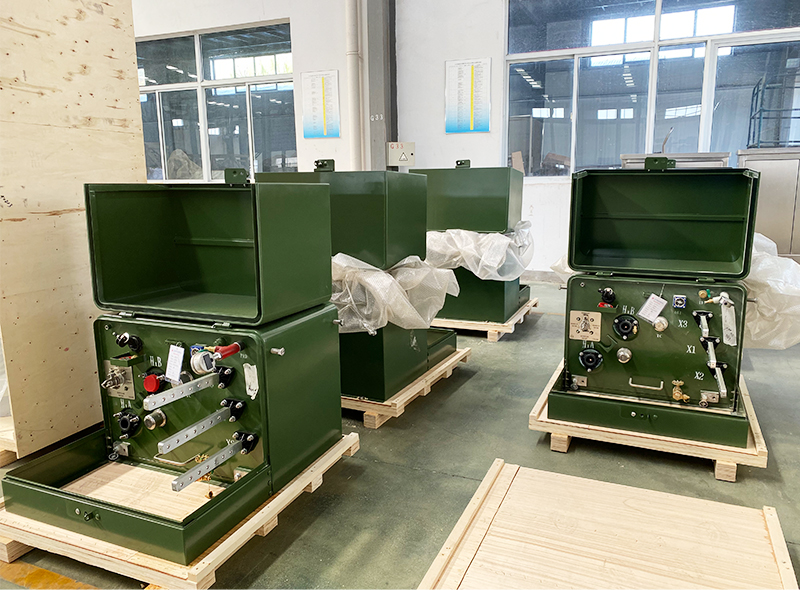- E-mail: admin@yaweitransformer.cn
- Tel: +86-18862719076
Small knowledge about transformer operation tap gear, how many transformer tap gear, how many running tap gear, divided into load regulation and non-load regulation of two cases, from the transformer nameplate can also see the running tap gear.
How many tap positions does the transformer have and how many tap gears does it operate in?
Domestic transformer load regulation is generally 17 tap, no load regulation is generally 5, there are also 3 and 2.
Theoretically, how many transformer tap positions there are and how many running tap positions there are.
After the transformer voltage changes, the tap position of the load regulating transformer can be changed, but the tap position of the non-load regulating transformer cannot be changed.
The tap position of the transformer is the tap position on the coil.
Its tap is the tap of the coil.
There are many kinds of taps, usually 4 or 6 taps.
Coil 4 is 3, coil 6 is 5.
Each tap of the coil is related to the tapping of the transformer.
The number of turns of each tap is different, and the tap gear of the transformer is also different, that is, the voltage.
Therefore, the tap gear of the transformer is used to regulate the voltage.
High to high: When the voltage of the low voltage side is high, the connector is raised.
Low to low: refers to the low voltage side of the low voltage, the connection piece low to the height.
As for how many volts is the tuning level, look at some of the transformer nameplates.
The transformer tap-changer (non-load pressure regulation) generally has three levels, which is the adjustment of the neutral connection point of the high voltage winding, the high voltage refers to the high voltage position indicated by the tap-changer, and the high voltage is the number of turns of the winding.
Similarly, low to low, low refers to the low voltage side voltage is too low (need to increase), low refers to the tap changer to the low voltage indicating gear, low side voltage is the number of turns of the winding.
Conclusion: The low voltage winding does not move (the number of turns is unchanged), high profile, the number of turns increases, the power supply voltage is unchanged, but the winding increases, the transformer ratio increases, and the low voltage side voltage decreases.
When it is low to low profile, the winding is reduced, the transformer ratio is reduced, the power supply voltage is unchanged, and the secondary voltage is higher.
